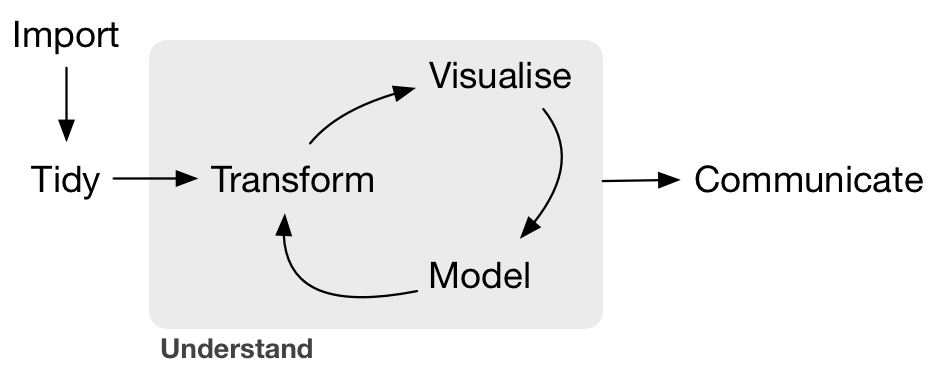Trying to solve a problem before being taught the solution leads to better learning, even when errors are made in the attempt.
- Peter C. Brown, Make It Stick
Today's slides link : http://ismayc.github.io/teaching/soc301-f2016/slides/week-01/01b.html
Read over my responses to PS1 #6 and #7 in PS1 of Problem Set FAQs
